




Did you find this useful? Give us your feedback


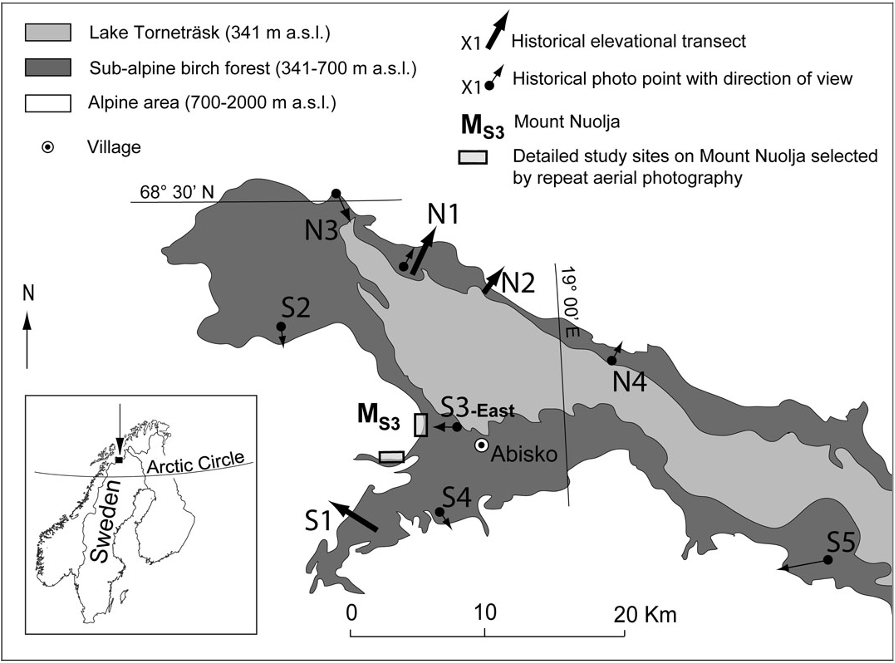
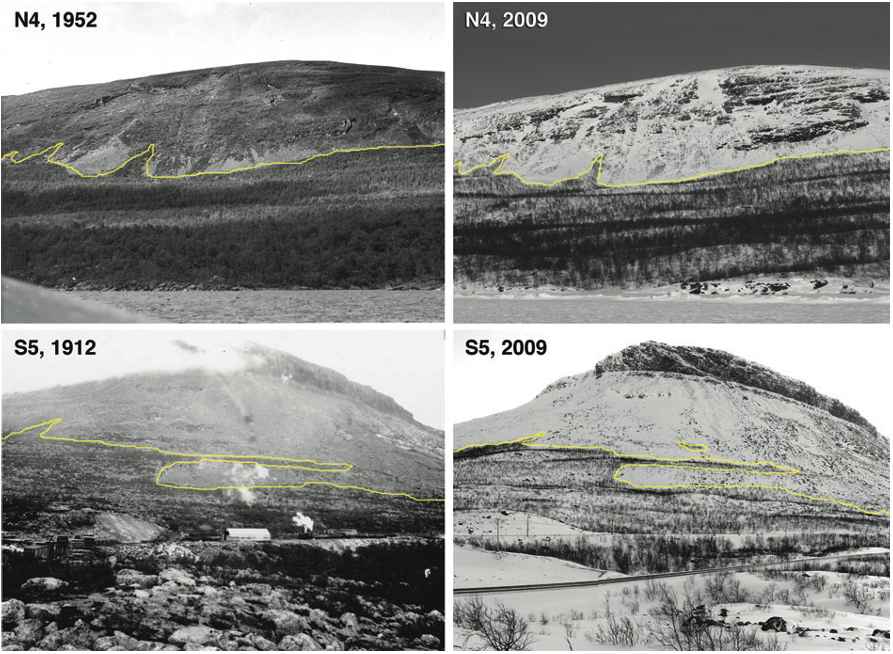
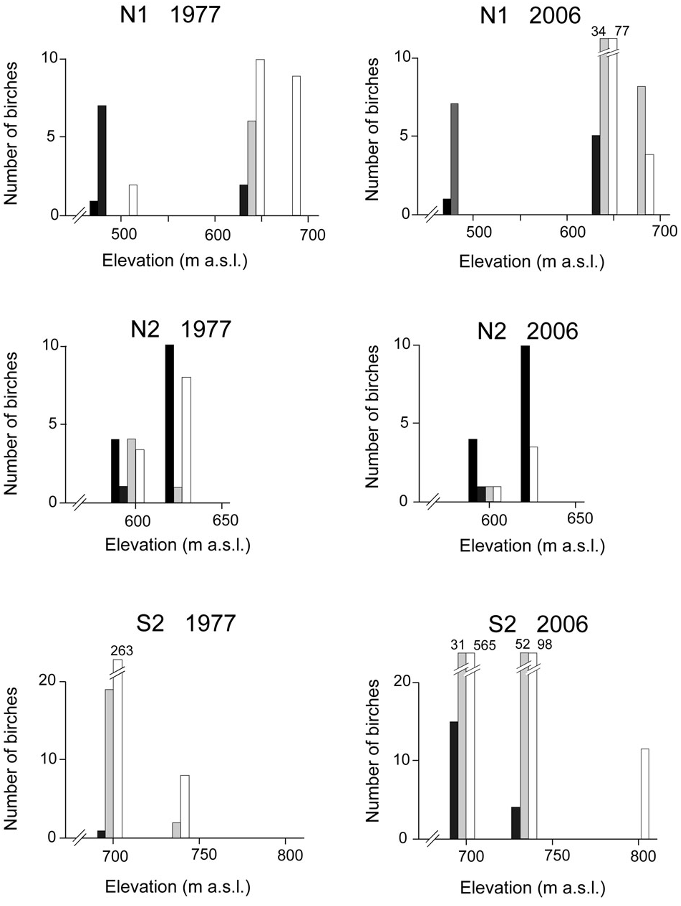
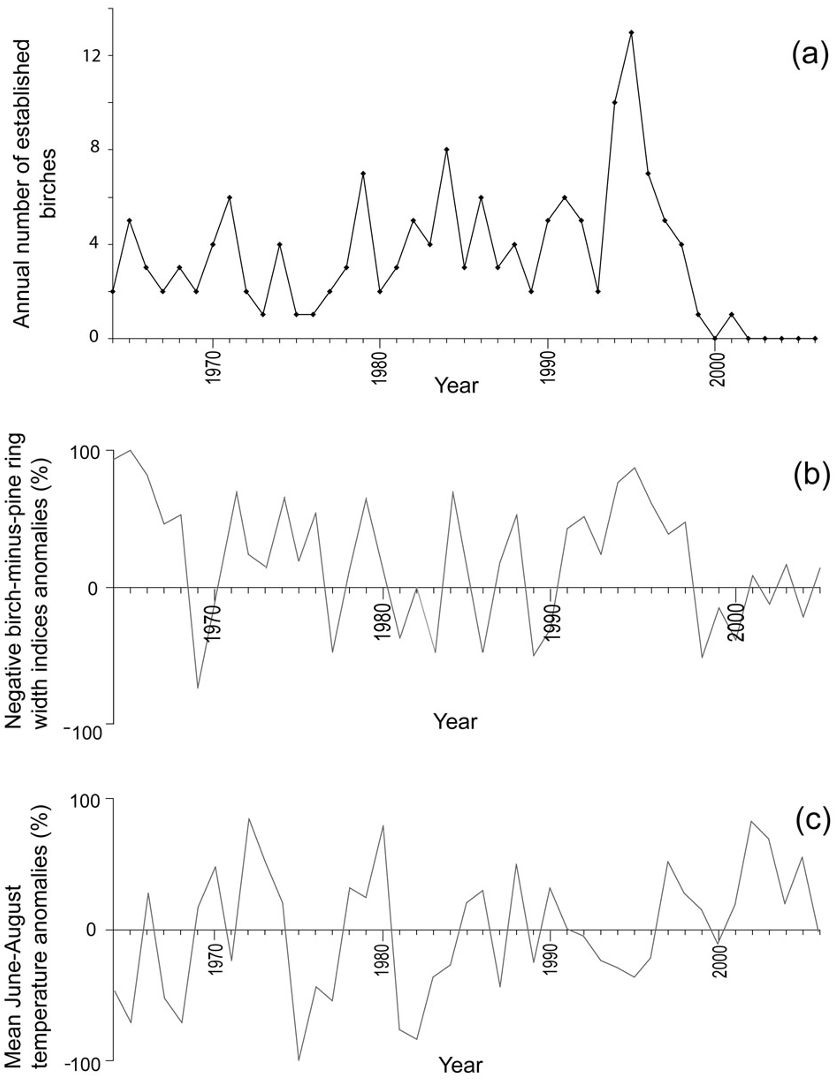
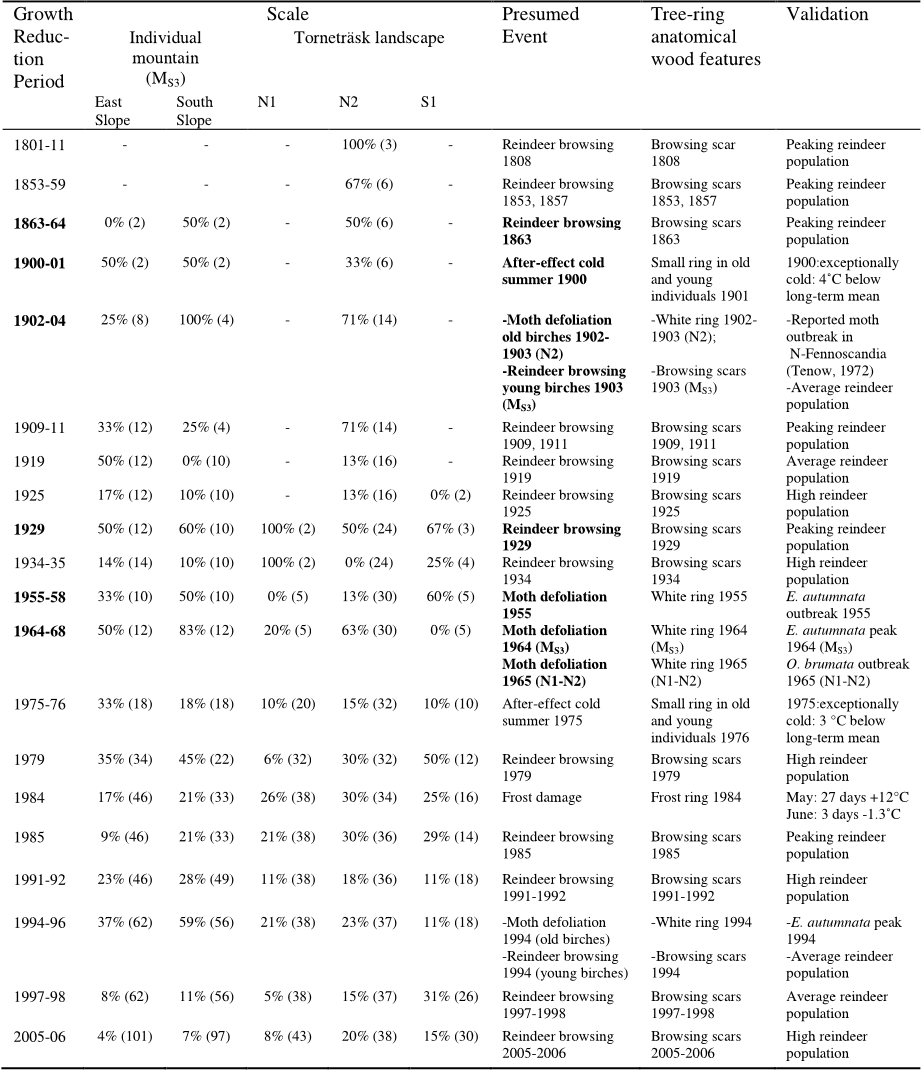
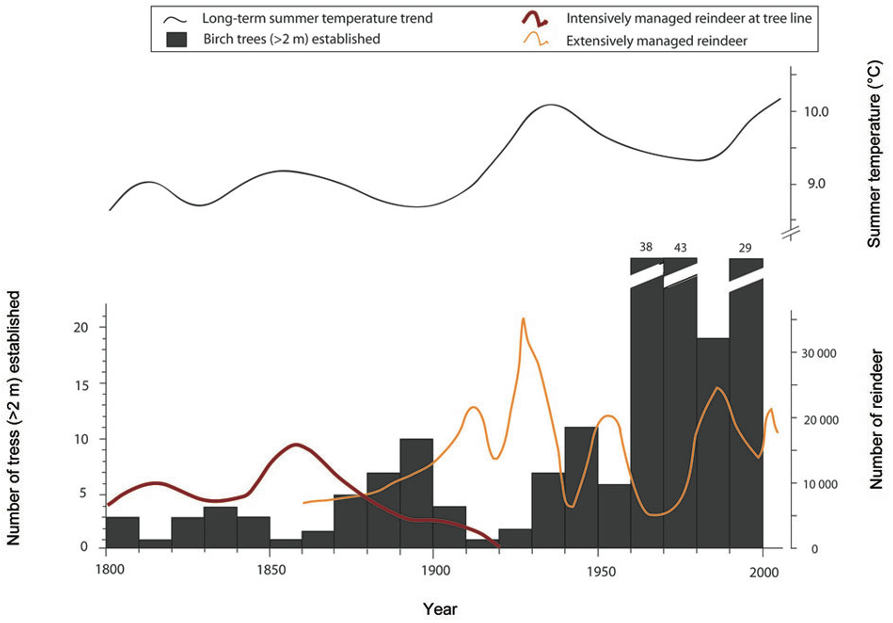
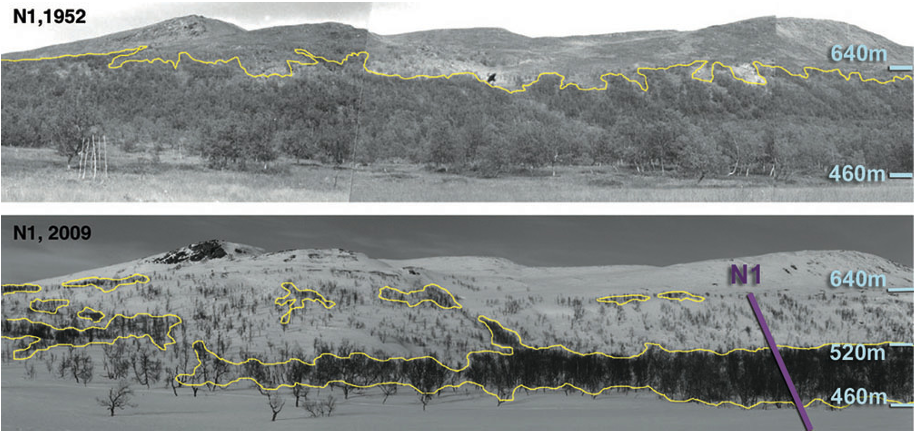





567 citations
337 citations
292 citations
147 citations
138 citations
20 citations
...on adult birch stems was used as a proxy for mean snow depth (Sonesson et al., 1994)....
[...]
...The mean height limit of the epiphytic lichen Melanelia olivacea (L.) Essl. on adult birch stems was used as a proxy for mean snow depth (Sonesson et al., 1994)....
[...]
5 citations
...However, in many circumpolar and high-elevational areas the position of the tree line has not changed (Masek, 2001; Holtmeier et al., 2003; Payette, 2007; Van Bogaert et al., 2007) or has even retreated (Vlassova, 2002; Dalen & Hofgaard, 2005; Kullman, 2005; Cherosov et al., 2010)....
[...]
...Projecting future tree line dynamics The extreme discrepancy that exists between model projections of the tree line position and in situ observations is a world-wide phenomenon (Holtmeier & Broll, 2007; Van Bogaert et al., 2007)....
[...]
5 citations
...However, in many circumpolar and high-elevational areas the position of the tree line has not changed (Masek, 2001; Holtmeier et al., 2003; Payette, 2007; Van Bogaert et al., 2007) or has even retreated (Vlassova, 2002; Dalen & Hofgaard, 2005; Kullman, 2005; Cherosov et al., 2010)....
[...]